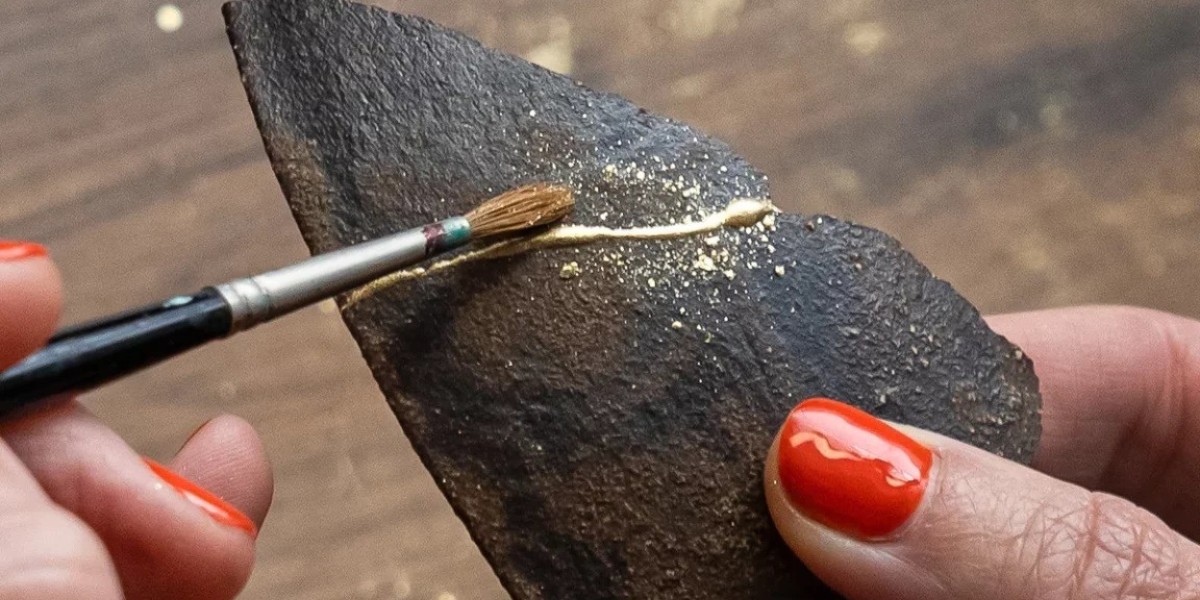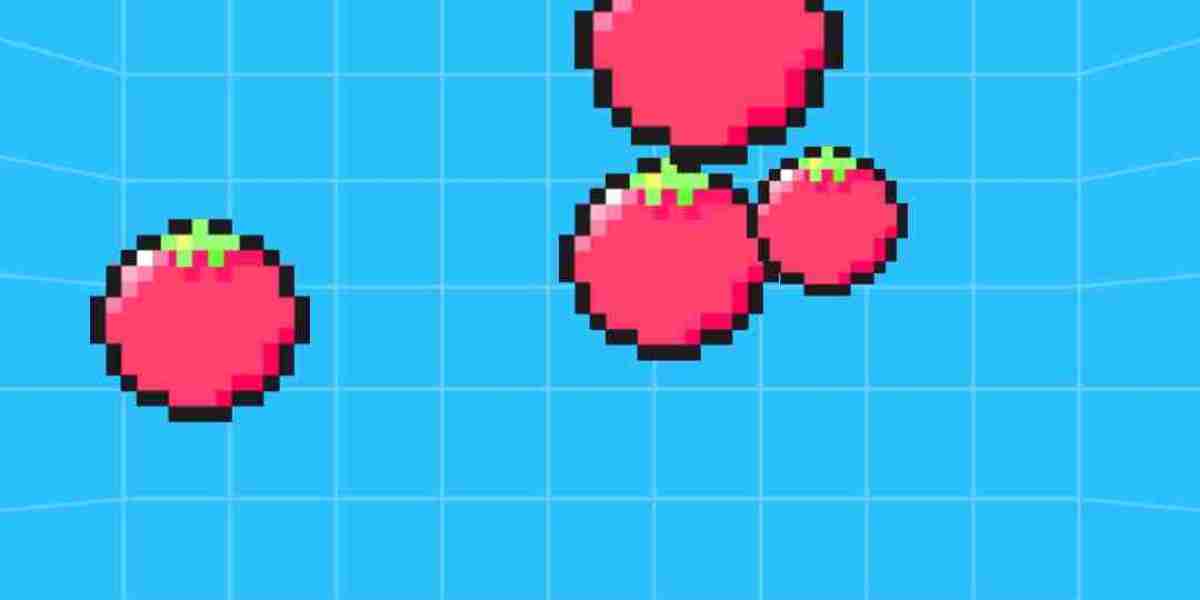Humans are very good at pairing. In ancient Egypt, pharaohs used an adhesive made from animal carcasses to make their coffins. On the other hand, the ancient inhabitants of the United States used glue made from tree bark to make light boats. Currently we do not go directly to animals or plants for glue. Keep a tube or bottle of glue handy to attach something. We do this even if it is made of paper, wood, plastic or ceramic.
The magic of eighteen
All glues are made up of micromolecules or larger atoms. Natural gum micromolecules are made from proteins and sugars. On the other hand, micromolecules of artificial glue are made of polymers. A polymer is a large molecule made up of many similar molecules joined together. Similar molecules that join together to form a larger molecule are called monomers.
Niels Holten-Andersen is an associate professor in the Department of Bioengineering and the Department of Materials Science and Engineering at Lehigh University in the United States. "Glue and tape—both use interfacial bonding," he says. We can consider interfacial bonding as a special type of force. When two surfaces come into contact with each other, this force binds them together.
Intermolecular forces are formed from covalent, ionic, van der Waals or hydrogen bonding. This is where the strength of interfacial bonding comes from. Also, glue molecules need cohesive bonds to hold them together. Simply put, tape or glue gets its strength from the force of attraction between molecules.
When we apply glue to something, its molecules can spread across the surface of the object. Can get into every corner of a small space or broken place. As the glue solidifies, it forms strong intermolecular bonds between itself and the molecules of the material, such as van der Waals forces and hydrogen bonds. And the molecules themselves are bound by the threads of the cohesive force. The bonds become stronger and last longer as the glue dries.
The difference between glue and ordinary liquid is that its molecules do not only form bonds among themselves, but intermolecular bonds with molecules of other substances. As a result, they can pair. Not all glues can form intermolecular bonds well with all types of materials.
So one type of glue is used for wood and another type of glue is used for plastic. Some adhesives not only form intermolecular bonds with other substances, but also form chemical bonds. That is, by reacting at the atomic level, they form strong bonds between matter and themselves. These bonds are more permanent. For example, epoxy or superglue.



















































